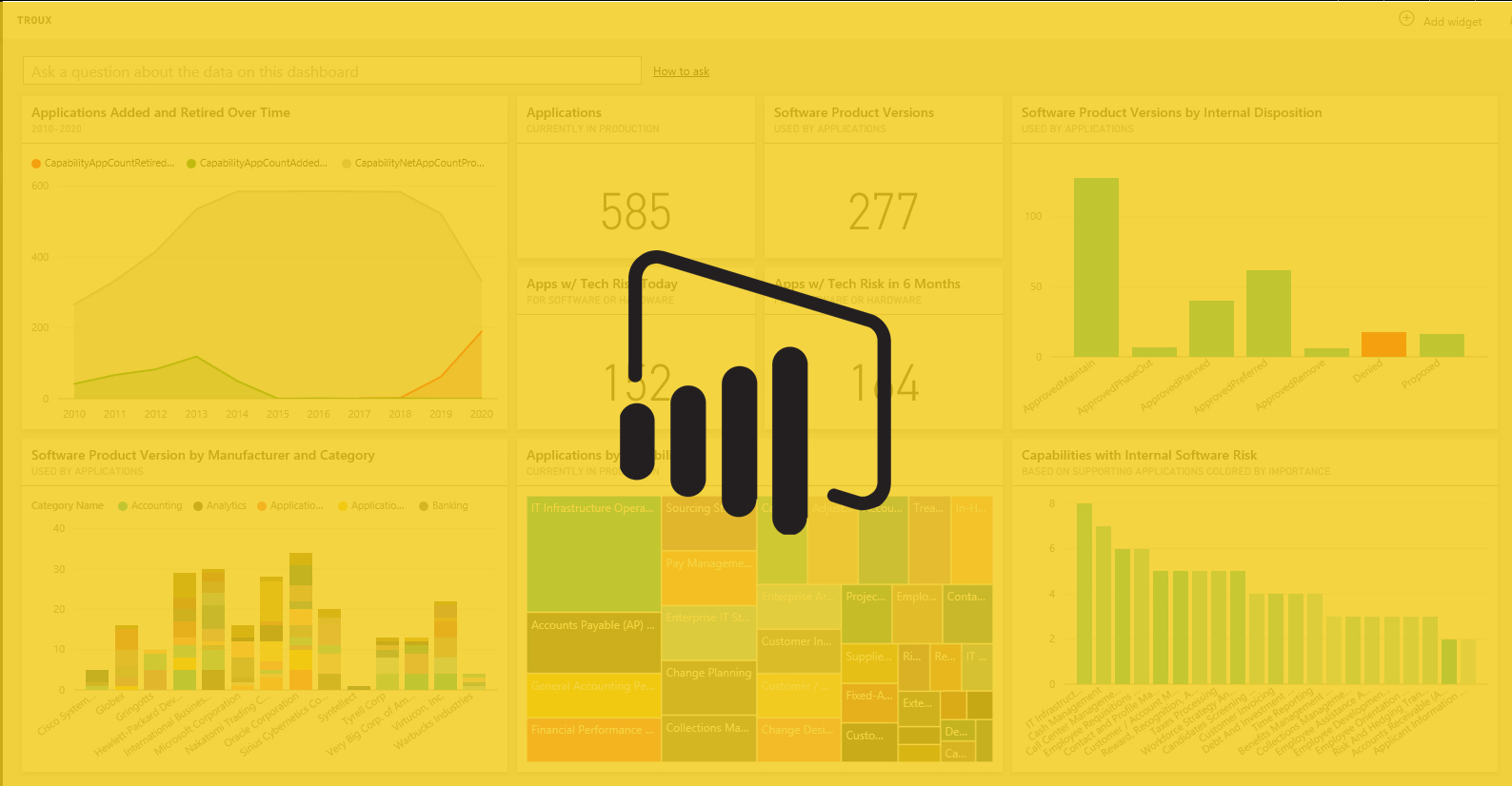In the dynamic landscape of data analytics and business intelligence, Power BI stands as a beacon of innovation, offering organizations the tools to transform raw data into actionable insights. From interactive visualizations to seamless data connectivity, Power BI has become a cornerstone for decision-makers seeking to make informed choices backed by data. This blog post aims to be your go-to guide in understanding the power-packed features of Power BI, exploring its capabilities, and demonstrating how it can revolutionize the way businesses harness and leverage their data.
Introduction to Power BI
In the fast-evolving landscape of business intelligence, Power BI has emerged as a powerhouse, revolutionizing the way organizations harness and interpret their data. Developed by Microsoft, Power BI is a comprehensive suite of business analytics tools designed to empower users to visualize and analyze data, transforming it into actionable insights. With its user-friendly interface, robust data connectivity, and dynamic visualization capabilities, Power BI democratizes data analytics, making it accessible to users across various levels of expertise. This introduction sets the stage for an exploration into the multifaceted features of Power BI, highlighting its ability to not only streamline data analysis but also to catalyze informed decision-making for businesses in an increasingly data-centric world.
Interactive Data Visualizations
Interactive data visualizations in Power BI offer a dynamic and user-friendly approach to exploring and understanding complex datasets. Power BI, a powerful business analytics tool developed by Microsoft, empowers users to create compelling visuals that transform raw data into actionable insights. These visualizations go beyond static charts and graphs, allowing users to interactively explore their data. Users can drill down into specific details, filter information based on various criteria, and gain a deeper understanding of trends and patterns. With a wide range of customizable visuals such as charts, maps, and tables, Power BI enables users to convey information effectively. Additionally, interactive features like slicers, filters, and cross-filtering enhance the user experience, providing a seamless and intuitive way to navigate through data, fostering better decision-making processes within organizations.
Data Connectivity and Integration
Data connectivity and integration in Power BI are pivotal components that enable users to seamlessly connect to diverse data sources and consolidate information for comprehensive analysis. Power BI offers a robust set of connectivity options, allowing users to pull in data from various sources such as databases, cloud services, online services, and on-premises sources. Through Power Query, a data transformation tool integrated into Power BI, users can clean, shape, and transform data to meet their specific analytical needs. Power BI’s support for a wide array of connectors, including popular databases like SQL Server, Azure, and Excel, as well as online services like Salesforce and Google Analytics, ensures flexibility in accessing data. The platform’s integration capabilities extend to real-time data streaming, enabling users to stay updated with live information. This comprehensive approach to data connectivity and integration positions Power BI as a versatile tool for organizations looking to derive meaningful insights from diverse and dispersed data sources.
Power Query and Data Transformation
Power Query is a pivotal feature within Power BI that revolutionizes the process of data transformation and preparation. As an intuitive and user-friendly data connectivity and transformation tool, Power Query empowers users to connect to various data sources seamlessly. Its robust capabilities extend beyond mere data extraction, allowing users to shape and refine raw data through an interactive and visual interface. With Power Query, users can perform diverse transformations, including filtering, merging, and pivoting, to clean and structure data for analytical purposes. The tool also supports the application of custom formulas and functions, enhancing the flexibility and adaptability of data manipulation. This dynamic transformation process ensures that data is well-prepared for analysis, enabling users to derive meaningful insights and make informed decisions. Power Query’s integration into Power BI establishes it as a vital component for data professionals, providing a streamlined and efficient workflow for handling diverse datasets within the business intelligence ecosystem.
DAX (Data Analysis Expressions)
DAX, or Data Analysis Expressions, is a powerful formula language integral to Power BI that facilitates the creation of advanced calculations and data modeling within reports and dashboards. Designed specifically for business intelligence scenarios, DAX enables users to build sophisticated formulas to manipulate and analyze data. Whether it’s creating custom measures, calculated columns, or complex aggregations, DAX provides a flexible and expressive language for handling data at a granular level. DAX functions, both mathematical and statistical, allow users to perform calculations on data, and its ability to reference relationships in the underlying data model enhances its analytical capabilities. This language is crucial for creating key performance indicators (KPIs), dynamic aggregations, and other advanced calculations, empowering users to derive meaningful insights and uncover trends in their data visualizations within the Power BI environment.
Power BI Desktop vs. Power BI Service
Power BI encompasses both Power BI Desktop and Power BI Service, each serving distinct roles in the analytics process. Power BI Desktop is a standalone application designed for creating and authoring reports and dashboards. It provides a user-friendly interface for data preparation, transformation, and visualization creation. Users leverage Power BI Desktop to connect to various data sources, model data, and design compelling visualizations locally on their machines.
On the other hand, Power BI Service is a cloud-based platform where users can publish, share, and collaborate on Power BI reports and dashboards created in Power BI Desktop. Power BI Service enables users to deploy their reports to the cloud, making them accessible to a broader audience. This cloud service facilitates collaboration, as users can view and interact with reports through a web browser, and it offers features like scheduled data refresh and sharing capabilities. Power BI Desktop and Power BI Service work in tandem, with the desktop version focusing on report creation and the service enhancing accessibility, collaboration, and distribution of those reports within organizations.
Collaboration and Sharing
Collaboration and sharing in Power BI are fundamental features that enhance the collective decision-making process within organizations. Power BI provides a robust platform for users to collaborate on reports and dashboards seamlessly. Through the Power BI Service, users can share their insights with colleagues by publishing reports to the cloud, making them accessible to authorized team members. The sharing capabilities extend to real-time collaboration, allowing multiple users to work on the same report simultaneously, fostering a collaborative and iterative approach to data analysis. Additionally, Power BI supports embedding reports and dashboards into other applications, such as SharePoint or Teams, ensuring that data-driven insights can be seamlessly integrated into existing workflows. These collaborative features not only streamline communication and information sharing but also promote a culture of data-driven decision-making across diverse teams within an organization.
Conclusion
As we conclude this exploration of Power BI, it becomes evident that this tool is not just about data visualization; it’s a game-changer in how businesses understand and utilize their data. From transforming raw information into actionable insights to fostering collaboration and informed decision-making, Power BI represents a pivotal shift in the data analytics landscape. As organizations embrace the power of Power BI, they unlock the potential to stay agile, make data-driven decisions, and chart a course toward sustainable growth in today’s data-centric business environment.


